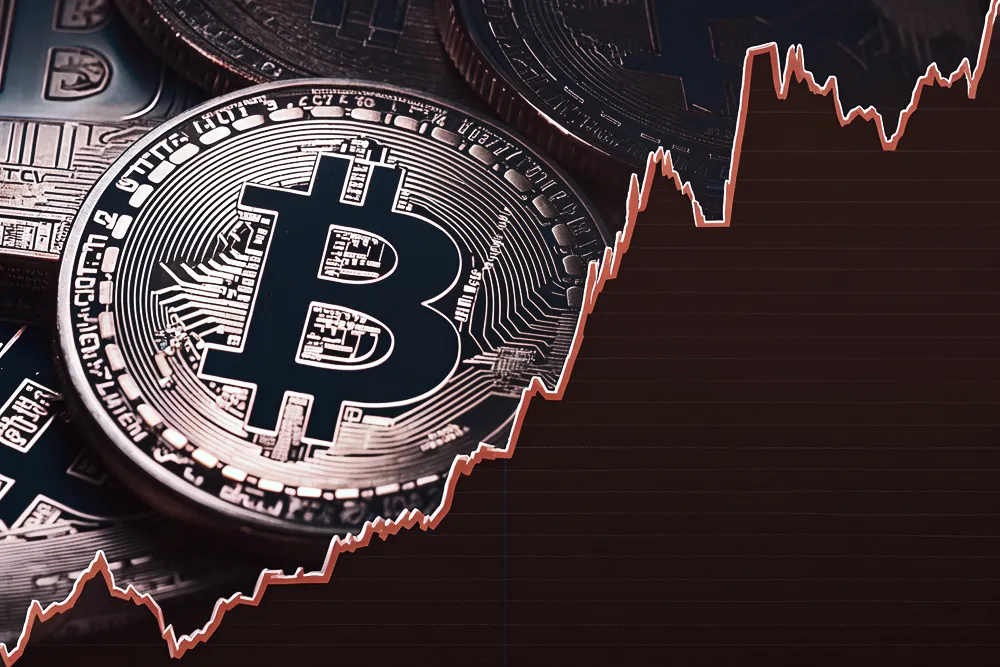Original Title: May 2025: U.S. Fiscal Risks Driving Bitcoin Demand
Original Source: Grayscale Research
Original Translation: xiaozou, Jinse Finance
· As macro demand and favorable regulations continue to drive the crypto bull market, Bitcoin's price reached an all-time high in May 2025.
· The demand for Bitcoin from investors partly stems from the macroeconomic imbalances in the U.S., including ongoing fiscal deficits. While deficits are not a new phenomenon, the comprehensive tax and spending bill currently advancing in Congress is likely to keep U.S. finances on an unsustainable path.
· U.S. fiscal risks seem to be generating demand for Bitcoin, as evidenced by the rise of "Bitcoin treasury" companies (i.e., publicly traded companies holding Bitcoin on their balance sheets). The valuation premiums these companies receive indicate a broad interest from traditional stock market investors in allocating to crypto assets. However, we believe that the "crypto treasury" strategy for tokens other than Bitcoin has limitations, as investors will ultimately be able to access more allocation channels through exchange-traded products (ETPs) on spot crypto trading platforms.
· This month also saw the following developments: breakthroughs in stablecoin and market structure legislation; strong performance from the decentralized trading platform Hyperliquid; and the blockchain-based identity verification project Worldcoin featured on the cover of Time magazine.
With a temporary easing of tariff conflicts between the U.S. and China, the stock market rebounded in May. However, this increase occurred after three consecutive months of decline, with the S&P 500 index still about 4% lower than its peak. Compared to a relatively healthy stock market, the bond market (especially high-quality segments) experienced negative returns, seemingly due to the government's high deficits and the corresponding issuance of long-term Treasury bonds. According to the market-cap-weighted FTSE Grayscale Crypto Sector Index, Bitcoin and the entire crypto asset class have risk-adjusted returns comparable to global stock markets (Figure 1). Bitcoin rose 11% during the month, reaching an all-time high of $112,000; Ethereum's native token ETH increased by 44%, partially recovering its previous underperformance against Bitcoin.
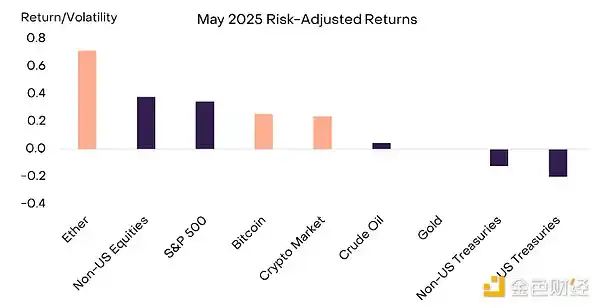
Figure 1: Risk-adjusted performance of the crypto market is on par with the stock market
The Great Beautiful Bill
When investors express concerns about the credibility of fiat currency systems, demand for Bitcoin often rises. During May, these concerns came to the forefront again. On May 22, the U.S. House of Representatives passed the comprehensive tax and spending bill officially named OBBBA (One Big Beautiful Bill Act). Budget experts estimate that if implemented under current terms, the bill will increase the federal deficit by about $3 trillion over the next ten years; if certain expiration provisions are extended, the deficit could reach as high as $5 trillion. If the bill takes effect, its revenue and expenditure mix will put U.S. Treasury debt on an unsustainable path (Figure 2). Partly due to the direction of U.S. fiscal policy, Moody's downgraded the U.S. sovereign credit rating from AAA to AA on May 16. While the U.S. government is unlikely to default in the short term, the unsustainable debt trajectory will increase the long-term risks of macro mismanagement, thereby enhancing investor interest in non-sovereign stores of value such as gold and Bitcoin.
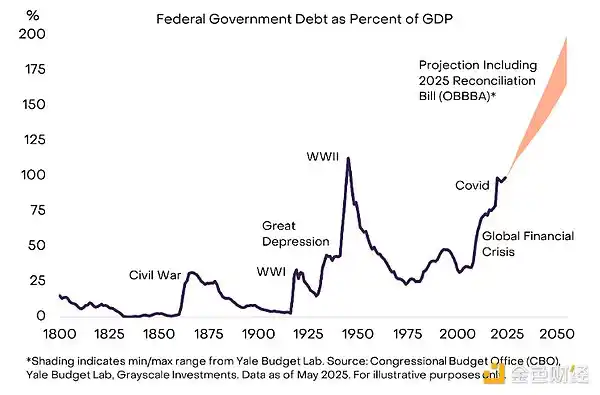
Figure 2: OBBBA makes the U.S. fiscal path unsustainable
Surge in Crypto Treasury Companies
Spot ETPs listed in the U.S. can be considered the most significant new source of demand for Bitcoin since its inception. During May, these products continued to see high net inflows, totaling $5.2 billion. In the coming months, the Bitcoin purchases by "Bitcoin treasury" companies (i.e., publicly traded companies buying Bitcoin for their balance sheets) may level off or even exceed the purchases of spot Bitcoin ETPs. Corporate Bitcoin investment pioneer Strategy (formerly MicroStrategy) added approximately 27,000 Bitcoins (about $2.8 billion) in May. Strategy's market capitalization far exceeds the value of Bitcoin on its balance sheet, indicating excess demand in the market for exposure to Bitcoin through equity instruments (Figure 3).
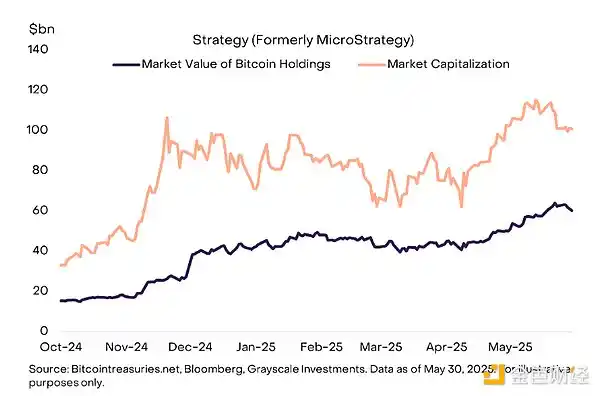
Figure 3: Strategy's market capitalization has a premium relative to its Bitcoin holdings
As the stock market pays a premium for Bitcoin in this structure, more companies are beginning to adopt this strategy, with some extending it to other digital assets beyond Bitcoin. For example, a consortium consisting of Tether, Bitfinex, and SoftBank created Twenty One Capital, which initially plans to hold 42,000 Bitcoins (about $4.4 billion), primarily provided by Tether. Similarly, Bitcoin Magazine CEO David Bailey is transforming the existing publicly traded company KindlyMD into a Bitcoin treasury company called Nakamoto Holdings. The company plans to raise about $700 million in stock and convertible bonds in the U.S. market to purchase Bitcoin, with plans to replicate this strategy in other countries globally. Finally, the holding company of Trump's social app Truth Social, Trump Media & Technology Group, announced it would raise $2.5 billion to allocate Bitcoin to its balance sheet.
In addition to Bitcoin, SharpLink Gaming announced it would transform into an Ethereum treasury company with support from investors in the crypto space such as Consensys (Figure 4). Other entrepreneurs have further expanded this model, creating crypto treasury companies targeting Solana (Upexi), XRP (VivoPower), and even Trump-themed meme coins (Freight Technologies). The surge in crypto treasury companies indicates strong investor interest in exposure to crypto assets listed for trading on securities exchanges. However, the popularity of spot crypto ETPs may ultimately limit the demand for crypto treasury companies, as ETPs can more efficiently track the prices of underlying tokens.
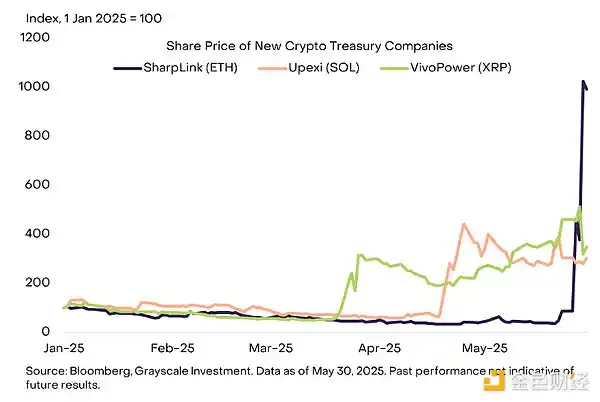
Figure 4: Surge in crypto treasury companies
Digital Asset Legislation
In terms of legislation, the White House and Congress continue to advance U.S. digital asset regulatory legislation. On May 5, the House Financial Services Committee and the Agriculture Committee jointly released a draft of the Digital Asset Market Structure Act—a comprehensive financial services legislation comparable in regulatory scope to the Dodd-Frank Act or the Sarbanes-Oxley Act. The House plans to hold a hearing on the updated draft on June 4. Additionally, the GENIUS Act (Guidance and Establishment of a National Innovation Act for U.S. Stablecoins) received bipartisan support and passed the Senate's motion to terminate debate on May 19, soon entering the amendment process. Although both pieces of legislation still need to go through several stages before officially taking effect, the current progress and bipartisan support signal a positive outlook for final passage.
Since the U.S. elections last November, the prospect of a clearer regulatory framework seems to have catalyzed institutional investors' increased holdings in the industry. This trend continued in May, manifested in several significant transactions and/or policy adjustments. Among the most notable was Coinbase's acquisition of the crypto options specialist platform Deribit for $2.9 billion, setting a record for the largest merger and acquisition deal in the industry. Coinbase was also added to the S&P 500 index this month, currently ranked 187th. Its competitor Kraken (also active in the M&A space) announced plans to launch tokenized stock services in non-U.S. markets, while Robinhood stated it would acquire the Canadian crypto platform WonderFi. Other noteworthy institutional movements include Brown University disclosing its allocation to Bitcoin ETP positions, New Hampshire passing legislation allowing public funds to invest in crypto assets, and Morgan Stanley planning to launch crypto trading services in its E-Trade products.
ETH and Token Performance
Ethereum (ETH) significantly outperformed Bitcoin in May, partly due to the timing of the statistics: since the beginning of 2023, ETH's price movements have generally aligned with the "smart contract platform" crypto sector (Figure 5). We expect smart contract platforms to benefit from U.S. regulatory reforms, which will drive broader adoption of stablecoins, tokenized assets, and decentralized finance—all of which rely on the infrastructure of smart contract platforms. While this is a highly competitive segment within the crypto market, Ethereum has advantages such as a large on-chain capital base, a culture that values decentralization, and a focus on network security and neutrality. However, the price of the ETH token needs to be supported more by activity on the Ethereum mainnet (Layer 1) rather than on the numerous Layer 2 networks. The Pectra upgrade implemented in May brought beneficial improvements but will not immediately enhance mainnet activity.
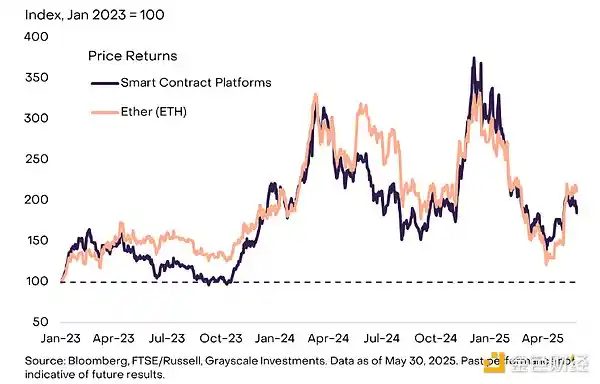
Figure 5: Ethereum's performance is generally in sync with its crypto sector
Despite ETH's strong performance during the month, the standout among large assets with a market cap exceeding $5 billion was Hyperliquid's HYPE token. Hyperliquid is both a professional perpetual contract decentralized exchange (DEX) and a general-purpose smart contract platform. The chain's Hypercore product currently accounts for over 80% of on-chain perpetual contract trading volume. During May, Hypercore's perpetual contract trading volume exceeded $17 billion, and by the end of the month, its daily revenue even surpassed that of the three major smart contract platforms (by fee revenue): Ethereum, Tron, and Solana (Figure 6). Last year, the protocol set a record for the largest airdrop in crypto history—valued at over $8 billion at current prices—prompting the entire industry to rethink token economics and financing models without venture capital support. Hyperliquid has consistently maintained high natural usage rates and strong liquidity, and it will increasingly compete with centralized derivatives trading platforms like Binance and Bybit in the future.
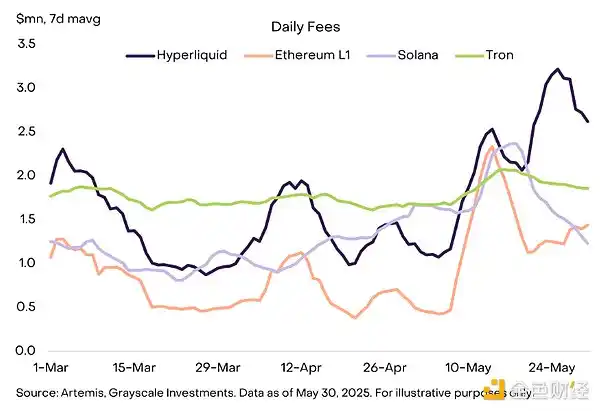
Figure 6: Hyperliquid's fee revenue surpasses leading smart contract platforms
AI Crypto Sector Performance
With the rapid development of blockchain AI technology, Grayscale Research has recently added the "Artificial Intelligence Crypto Sector," becoming the sixth independent sector in our crypto industry classification framework. Currently, this sector includes 20 tokens with a total market capitalization of approximately $20 billion (Figure 7).
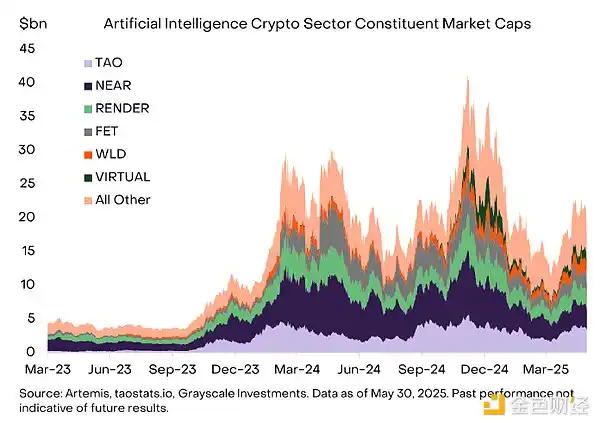
Figure 7: The current market capitalization of the Artificial Intelligence Crypto Sector is approximately $20 billion.
Recent significant progress in this sector includes Worldcoin—a identity network founded by Sam Altman aimed at establishing a "personhood proof" system to address the increasingly severe challenges of distinguishing between humans and robots in the AI era. This month, Worldcoin announced a major milestone: completing a $135 million financing through the public market by acquiring WLD tokens via a16z and Bain Capital Crypto. The project has garnered widespread attention through initiatives such as being featured in a Time magazine cover story, promoting the iris scanning device "Orb" in the U.S. market, and launching the crypto wallet World App. Other important developments in the blockchain AI field include the rising interest in the Bittensor subnet and the leading stablecoin issuer Tether revealing plans to launch an AI agent network based on a crypto-native architecture.
In the coming months, the crypto market is likely to continue the current driving logic: macro demand for Bitcoin driven by stagflation risks and tariff uncertainties, ongoing improvements in the regulatory environment in the U.S. and abroad, and technological innovations in areas such as blockchain AI. This asset class has performed well over the past two years, and the supporting factors for fundamental improvement still exist.
免责声明:本文章仅代表作者个人观点,不代表本平台的立场和观点。本文章仅供信息分享,不构成对任何人的任何投资建议。用户与作者之间的任何争议,与本平台无关。如网页中刊载的文章或图片涉及侵权,请提供相关的权利证明和身份证明发送邮件到support@aicoin.com,本平台相关工作人员将会进行核查。
